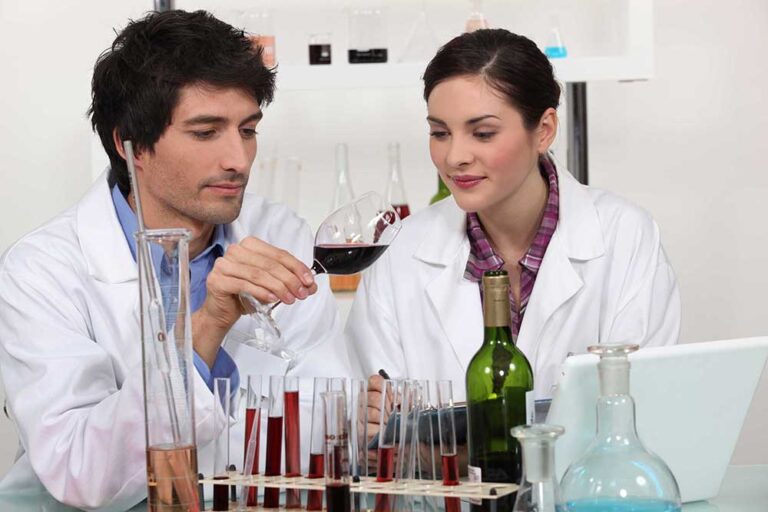Picture this: a country that stretches like a slim ribbon down the western edge of South America, snuggled between the towering Andes Mountains and the vast Pacific Ocean. Welcome to Chile, the world’s longest country. From the arid expanse of the Atacama Desert in the north to the icy realms of Tierra del Fuego in the south, Chile is a land of extremes and breathtaking beauty.
Now, let’s take a detour from the geographical marvels and delve into the heart of Chile’s vibrant wine culture. Did you know that Chile’s diverse topography, with its deserts, beaches, fjords, volcanoes, mountains, lakes, forests, and glaciers, provides the perfect conditions for viticulture? It’s no wonder that Chile is renowned for its exquisite vineyards, producing some of the finest wines in the world.
One name that stands out in this rich tapestry is Viña Concha y Toro, the largest wine grower in Latin America. With a history dating back to 1883, this prestigious winery cultivates 21,500 acres of vineyards across Chile’s major winegrowing regions, from the dry Limarí Valley in the north to the rainy Bío-Bío Valley in the south.
In the heart of this wine paradise, just a three-hour drive south of Santiago, lies the city of Talca, the capital of the Maule region. Talca is not just a hub for agriculture and viticulture but also the home of Viña Concha y Toro’s Center for Research and Innovation (CRI).
Since its inauguration in 2014, the CRI has been a beacon of applied research and technological development, promoting knowledge transfer to make better, more competitive wines. The CRI’s state-of-the-art laboratories and experimental cellar tackle diverse research topics in viticulture, enology, molecular biology, and engineering.
So, how does this scientific magic happen? The CRI’s team of brilliant scientists, including Doreen Schober, Ph.D., has embarked on a mission to revolutionize grape and wine classification. They’ve turned to spectroscopic techniques to analyze the chemical compounds that determine color, flavor, mouthfeel, aroma, and other traits of the grapes and wine.
After three years of meticulous investigation, their pilot program has reached industrial scale, showing promising results in quality assurance and control. Imagine being able to predict wine quality based on the chemical composition of the grapes, independent of external factors. This is the future of winemaking, where nature meets science.
Traditionally, techniques like High Performance Liquid Chromatography (HPLC) and Gas Chromatography (GC) were used, but these methods are slow, expensive, and environmentally unfriendly. Enter the HORIBA Aqualog with its Autosampler, a game-changer in rapid, accurate, and sustainable grape quality assessment.
The Aqualog’s A-TEEM (Absorbance-Transmittance Excitation Emission Matrix) technology provides a complete UV-vis spectrum and fluorescence data, making it a valuable tool for evaluating wine characteristics and ensuring consistent quality.
And guess what? A recent study demonstrated the A-TEEM technique’s unique ability to classify red wines by variety and geographical origin with almost perfect accuracy. This breakthrough has earned recognition and positive feedback from Viña Concha y Toro’s enologists, paving the way for even more innovative applications in the future.
But not everyone is on board with this technological revolution. Winemaking is an ancient craft, and some traditionalists are reluctant to embrace modern methods. However, in a world where efficiency and accuracy are paramount, even the most storied wineries are acknowledging the benefits of integrating science into their art.
So, as you sip your next glass of Chilean wine, take a moment to appreciate the blend of tradition and innovation that makes it possible. Here’s to the future of winemaking, where the past and present come together in perfect harmony. Cheers



